READY TO HANG
Out of the box, all LUMAS artworks are ready and easy to hang.
SECURELY PACKAGED
LUMAS works are always packed to the highest standard to make sure it arrives as perfectly as it leaves us.
ARTIST SUPPORTED
Your purchase supports the free and independent work of your favorite artist.
14 DAY RETURNS
Easy 14 day returns to make sure you are satisfied with every purchase.
BACKGROUND INFORMATION
It all started in the 1970s in an office building on Park Avenue. Reinhart Wolf was looking out over the rooftops of New York with an editor from GEO magazine. At some point, the editor asked: “Why don’t you take photos for us?” A commission was born, for which the renowned advertising photographer trained his lens on the tops of New York buildings, documenting their glass and steel architecture in stunning detail. It was no easy task. Wolf had to use his powers of persuasion to convince countless doormen, superintendents, and tenants to open their doors for him – often at the brink of dawn, when the rays of the rising sun first hit the city.
The enchanting color photographs were developed in a laborious dye-transfer process that was used well into the 90s, especially for advertising photography. The photographs show the Flatiron Building in all its Beaux Arts Renaissance glory, and the Fuller Building’s geometric art deco ornamentation. Reinhart Wolf, who began his career with portraits of painters and sculptors, gave these buildings a face. He captures them in a confluence of magnificent light and color, both highly emotional and extremely precise. German journalist Georg Ramseger describes these works as a “Demonstration against coincidence and for considered composition.”
The buildings in Reinhart Wolf’s photos are presented with an appearance of incredible power. The artist described this sensation: “The people who constructed these buildings only had one thing in mind: to reach for the stars.”VITA
Reinhart Wolf studied photography in Hamburg and Munich. He was a founding member of the Art Directors Club and a recipient of the German Photography Society’s Culture Award. Wolf published ten photo books, including New York from the TASCHEN publishing company, and received multiple awards for them. Reinhart Wolf died in Hamburg in 1988.INTERVIEW
Andy Warhol Interviews Reinhart Wolf
New York, April 30, 1980. Shortened from the original version.
Andy Warhol (AW): Reinhart, why did you pick New York, and not Hollywood? I like Hollywood better!
Reinhart Wolf (RW): I understand, but you have to admit, Hollywood is somewhat flat, and I love peaks. To me, the tops of New York skyscrapers are really an expression of the power and spirit of America. New York inspires me, the skyscrapers are like phallic fertility symbols, and I wanted to capture these buildings before they disappear. There’s construction everywhere you look, and many of the buildings I wanted to photograph have already been torn down.
AW: The way you show it, it’s a different New York. Very colorful.
RW: New York is colorful! The mix of styles is sometimes crazy and wild, and therein lies this city’s creative power. And one thing’s for sure: the people who erected these buildings all had one thing in mind – to reach for the stars!
AW: Were these photos made just for architects or for others too?
RW: For everyone of course! I wanted to open people’s eyes and make them look up! And I hope I’ve succeeded. Everyone who has seen these pictures so far goes through New York now and tries to discover more. They are perhaps starting to take interest in the smallest details and to comprehend entire buildings in new, surprising ways. The beauty of the architecture takes them along to new discoveries – and to new adventures!
AW: It must have been insanely difficult to take these photos. I don’t think I could’ve done it!
RW: I spent hours, and sometimes days, convincing doormen, custodians, supers, and renters that I wasn’t up to no good … But once I’d overcome all of these obstacles—I was in the right position, standing on the right rooftop with my picture finally in front of me at the right distance and angle, with the right sky – then I was overcome with such a feeling of success and fulfillment that sometimes even bordered on happiness! It was like climbing Mount Everest!
AW: Reinhart, when I see these buildings, I think about money.
RW: You’re right, Andy. They are the good side of capitalism. It took time and money to construct them. The men who built Manhattan are the Medicis of America. They demanded the best artisans and craftsmen of the day and put these talents to use. I can’t imagine any better way to spend a fortune!
AW: Do you only take photos of architecture, Reinhart?
RW: No, I started out in Paris with portraits of painters and sculptors. Then I went into advertising, for which I photographed everything from coffee beans to airplanes. But architecture has always interested me. There are many architects in my family. And then ten years ago I started to photograph buildings, which ultimately became like human faces to me.
AW: I believe architecture and photography are the two artistic forms of expression of today. All of the young people we know want to be architects or photographers – or models. Why didn’t you become an architect, Reinhart? Or a model?
RW: I like to be behind the camera, Andy, it just gives me more control over everything. And as far as architecture goes, I don’t like the idea of having my own mistakes in front of me for my whole life. If a photo turns out wrong, I just tear it up.
AW: How did you pick out the buildings?
RW: With a telescope! I looked for power, originality, and – if you will – a touch of madness!
AW: I think you are an artist, Reinhart. What do you think about that?
RW: Let me put it like this. I took these photos as an “amateur” in the most literal sense of the word, which comes from the Latin amare meaning “love.” I loved what I was doing. Naturally all the years as a professional photographer gave me all the experience, patience and discipline necessary to take such photos. But to answer your question: I believe, perhaps, I am an Amateur – in love with Art!


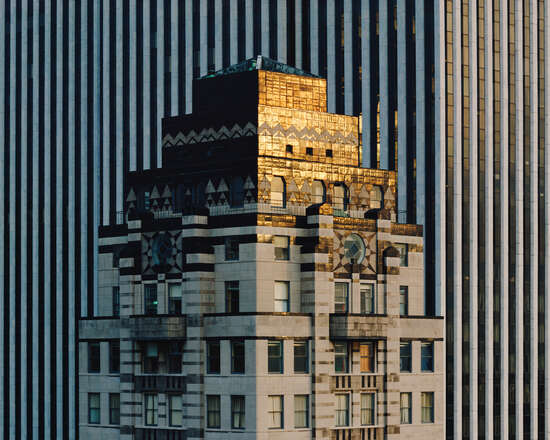
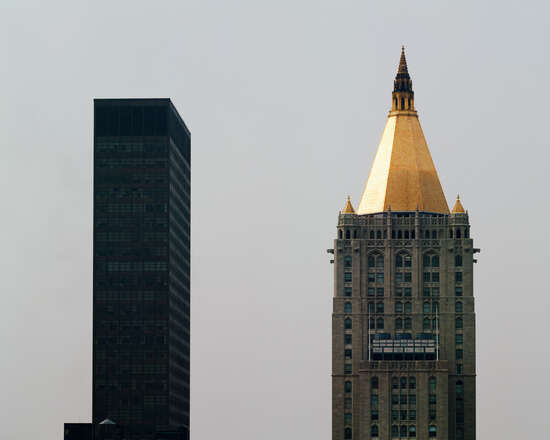
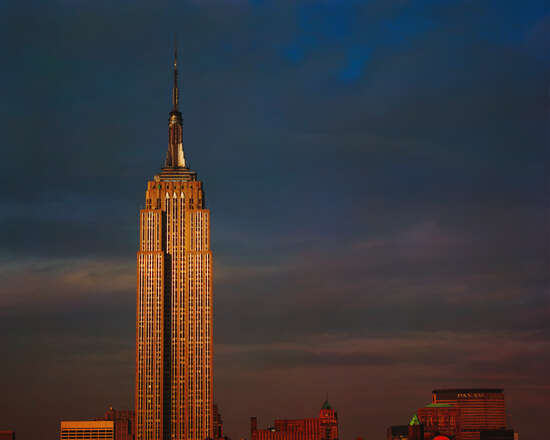
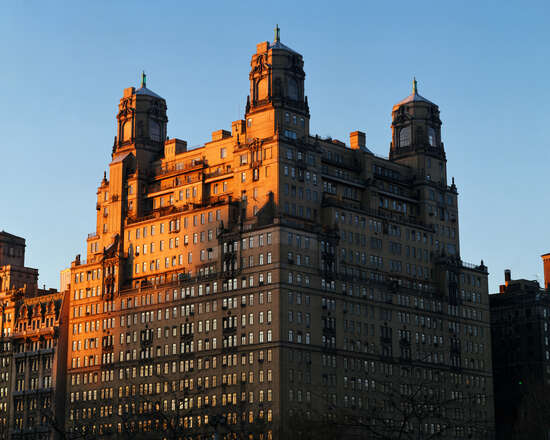
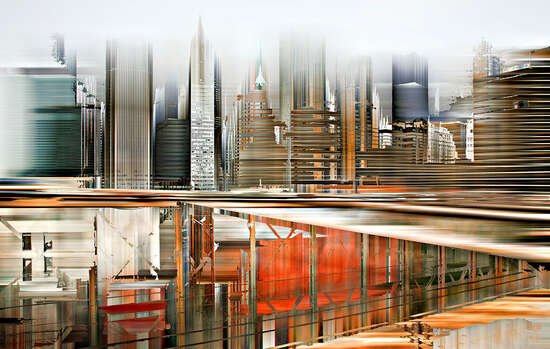
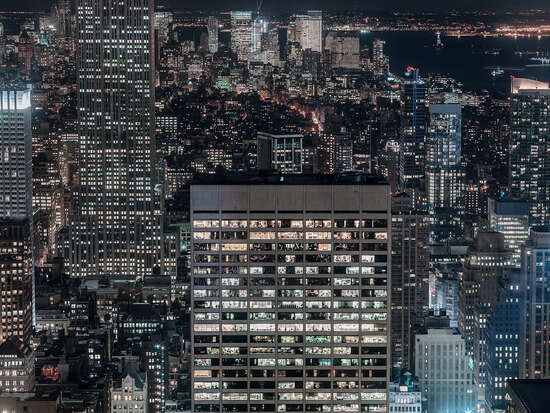
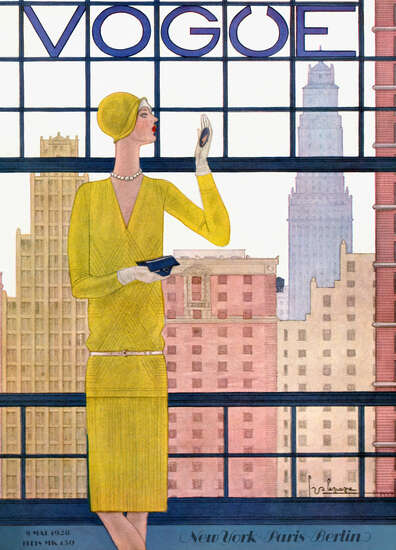

 No thanks, I would like to stay on this site.
No thanks, I would like to stay on this site. Yes, I would like to switch.
Yes, I would like to switch.